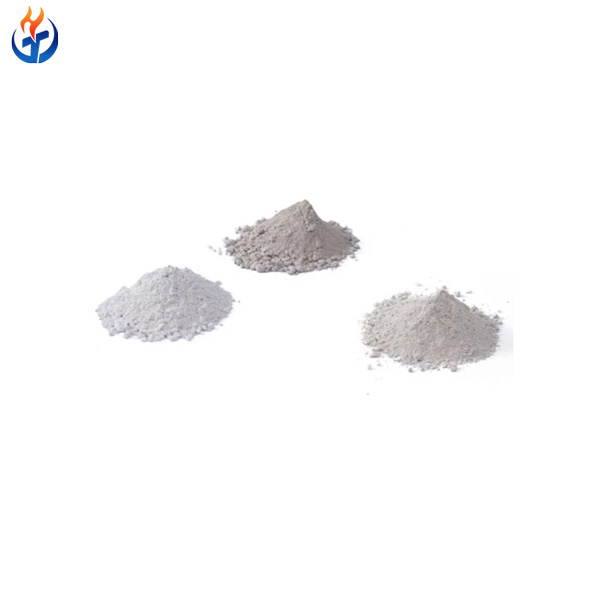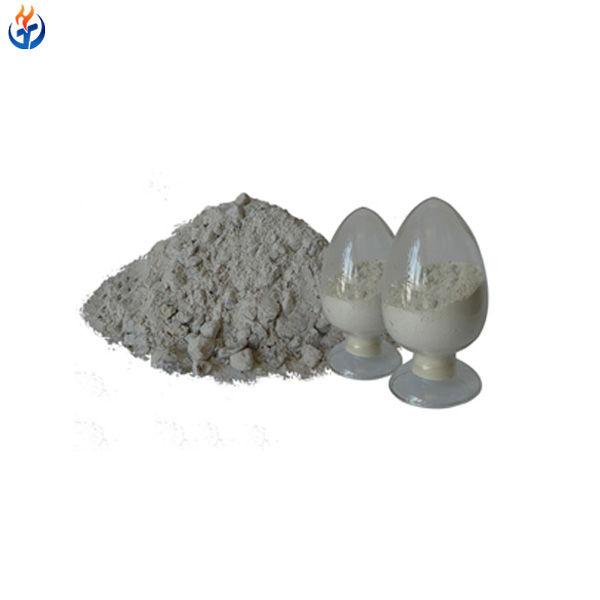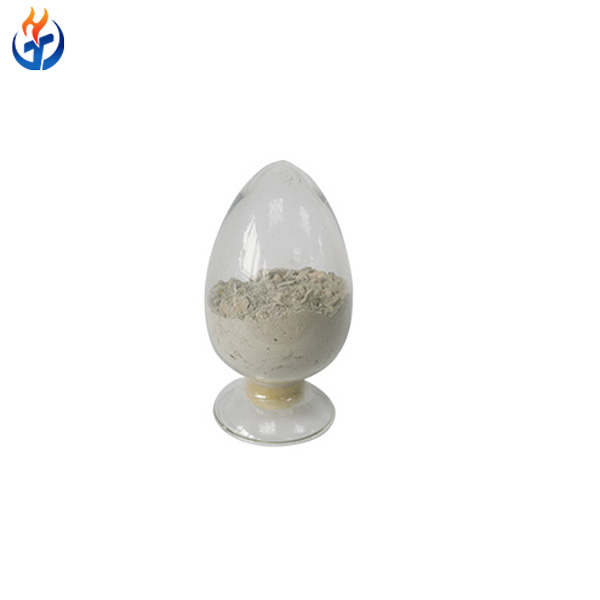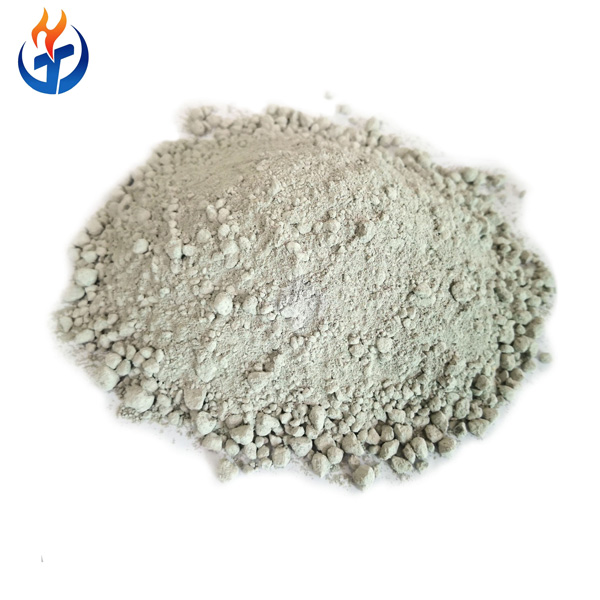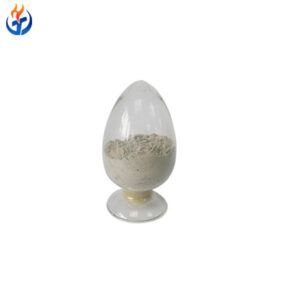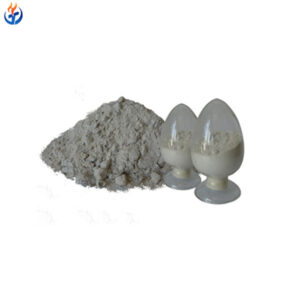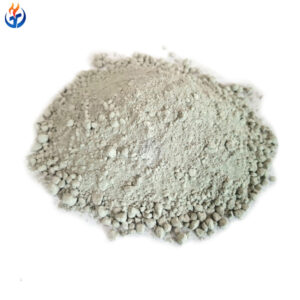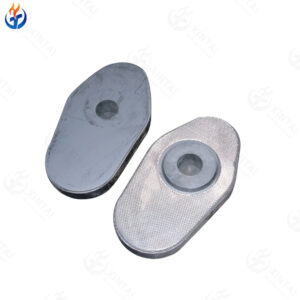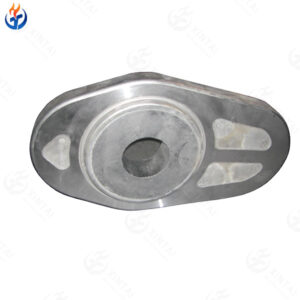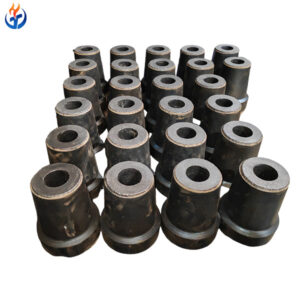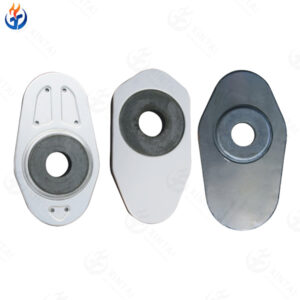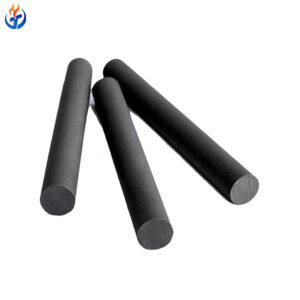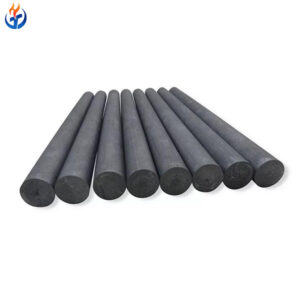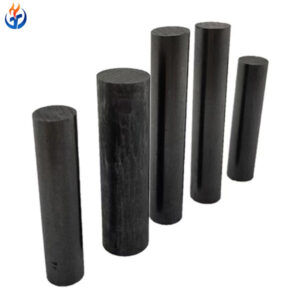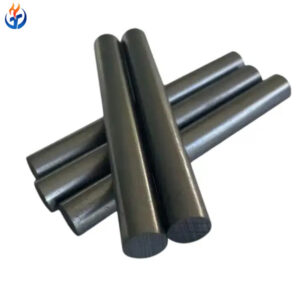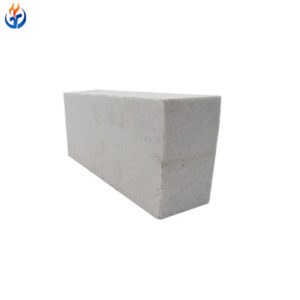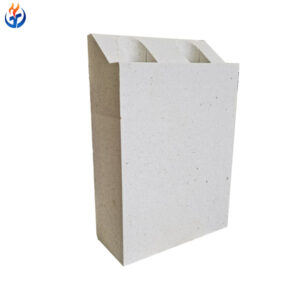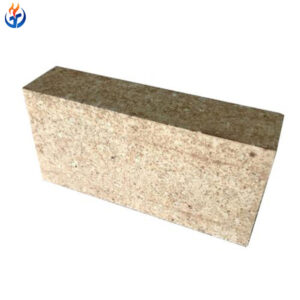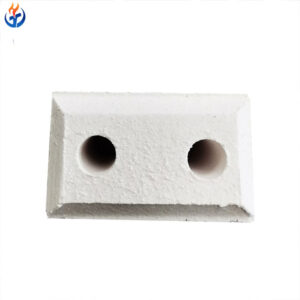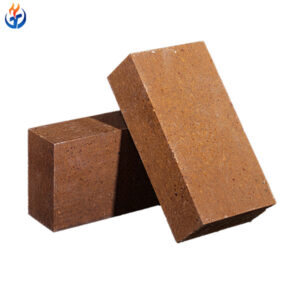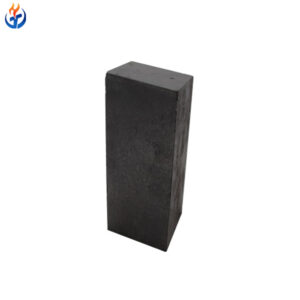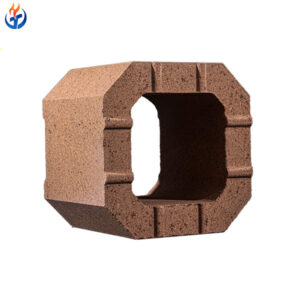NMJ-3 is a versatile refractory castable ideal for moderate-to-high temperature zones. With ≥80% Al₂O₃, excellent wear resistance, and a bulk density of ≥2.80 g/cm³, it’s designed for extended service life and ease of application.
Technical Specifications
| Item | Value |
|---|---|
| Al₂O₃ (%) ≥ | 80 |
| SiO₂ (%) ≤ | 13 |
| Bulk Density (g/cm³) ≥ | 2.80 |
| Cold Crushing Strength (MPa) | 85 (110℃×24h), 110 (1100℃×3h) |
| Modulus of Rupture (MPa) | 12 (110℃×24h), 14 (1100℃×3h) |
| Wear Loss at Room Temp (cc) ≤ | 5 |
| Thermal Shock Resistance | ≥ 25 times |
Key Features
Strong abrasion resistance
Cost-effective for mid-range heat zones
Consistent curing and setting properties
Minimal shrinkage after firing
Typical Applications
Preheater towers
Foundry ladles
Combustion chambers
Waste incinerators
Production Details
Formulated with calcined bauxite and high-purity additives, NMJ-3 is prepared for rapid mixing and pouring on-site with minimal rebound.
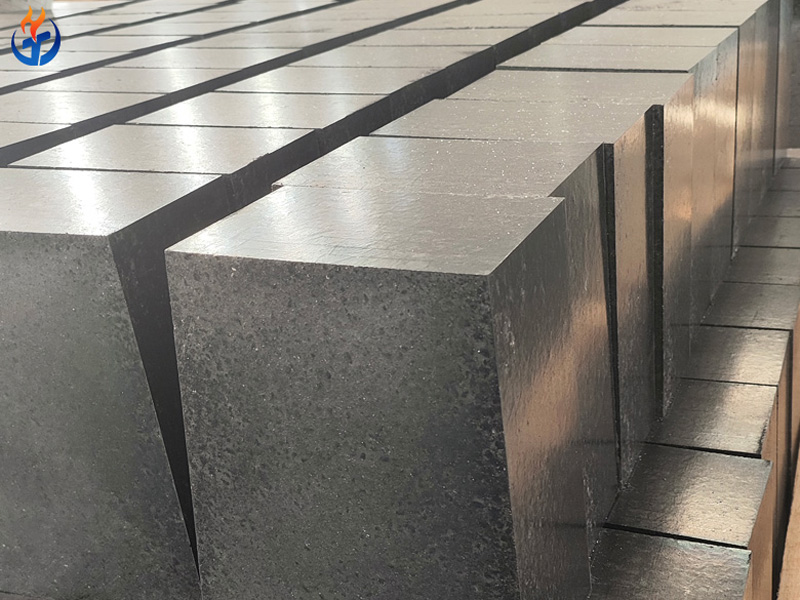
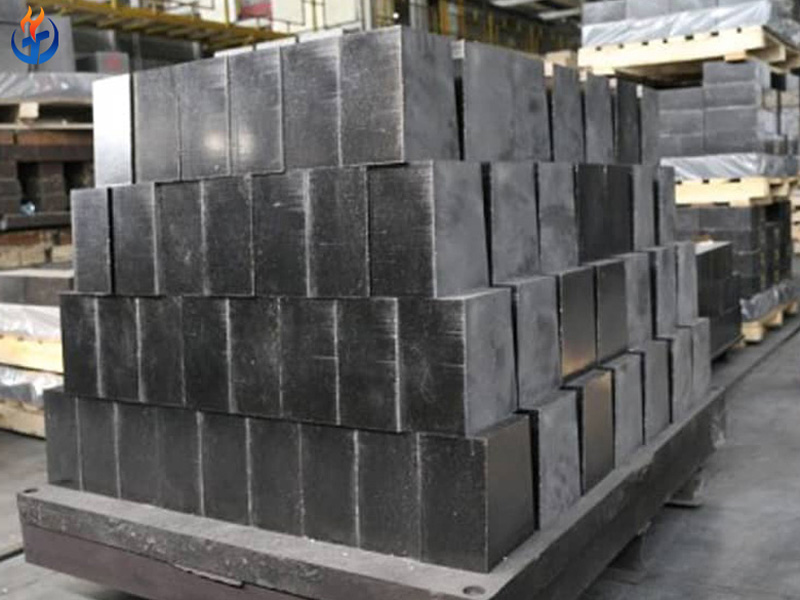
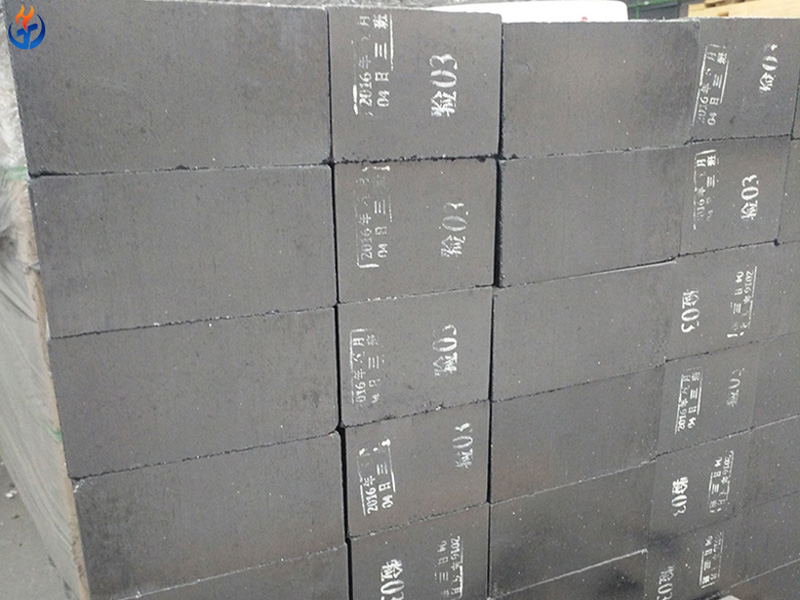
Packing and Shipping Details
Inner PE + outer woven bags
Standard 1000kg/pallet
Lead time: 15–20 days
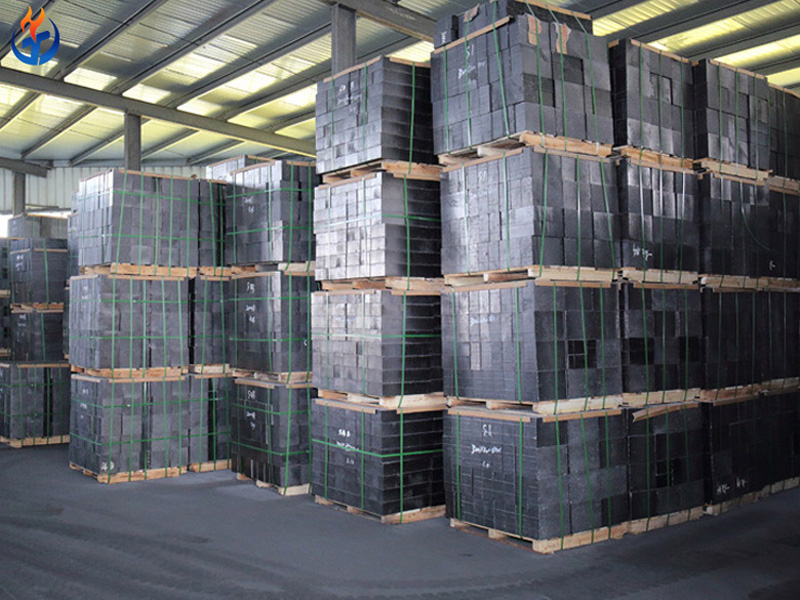
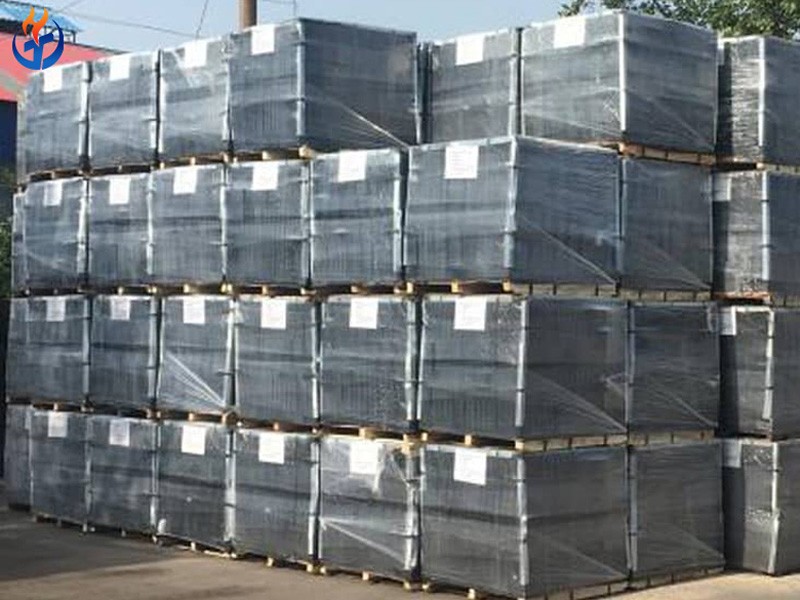
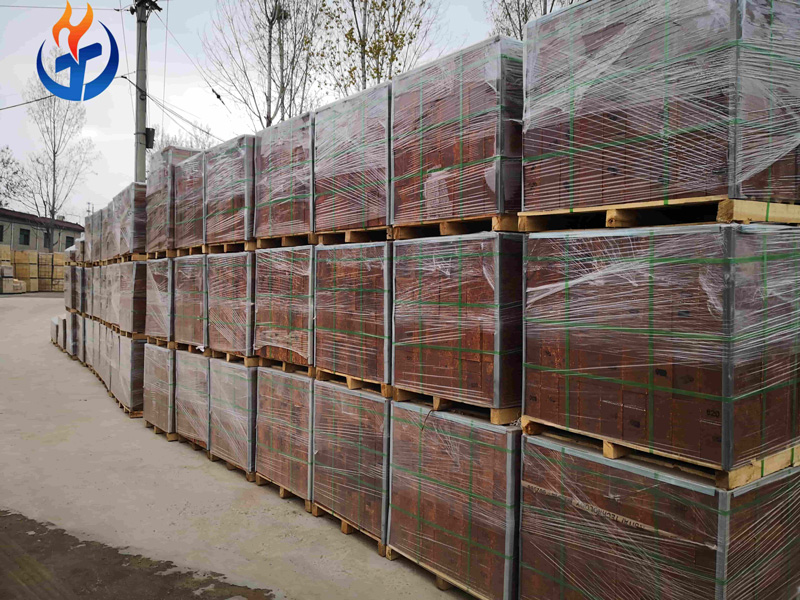
Frequently Asked Questions (FAQ)
Q1: What is Corundum Refractory Castable and what is it made of?
Corundum Refractory Castable is a high-performance unshaped refractory material primarily composed of α-alumina (Al₂O₃ ≥ 90%). It is formulated with high-purity fused or sintered corundum aggregates, fine powders, high-alumina cement, silica fume, and other additives. It is known for its excellent resistance to high temperatures, chemical corrosion, and thermal shock.
Q2: What is the maximum service temperature of Corundum Castable?
The material has a refractoriness exceeding 1800°C (3272°F) and can be used in working conditions with temperatures up to 1650–1750°C (3002–3182°F), depending on the furnace atmosphere and thermal load.
Q3. What should be considered during the installation of corundum castables?
Key installation points include:
Ensure the surface is clean and dry before casting.
Add water strictly according to the recommended ratio.
Mix thoroughly to a uniform consistency.
Use a vibrator to ensure proper compaction.
After casting, allow 24 hours of curing at room temperature.
Follow with a proper drying and heat-up schedule to remove residual moisture.
Avoid construction in temperatures below 5°C (41°F) or above 35°C (95°F).
Q4: In which industries and equipment is this product commonly used?
Corundum castables are widely used in industries such as:
Metallurgy: ladles, tundishes, steel-making furnaces
Cement and Lime: burner pipes, rotary kilns
Petrochemical: gasifiers, reformers
Glass & Ceramics: kiln roofs, burners
Power Generation: waste incinerators, boiler linings
Q5: Can you provide custom formulations or on-site support?
Yes. We offer customization services to meet specific application requirements. This includes adjusting aggregate sizes, flowability, setting time, and thermal shock resistance. Our technical team can also offer on-site support and guidance for installation and heating procedures.

